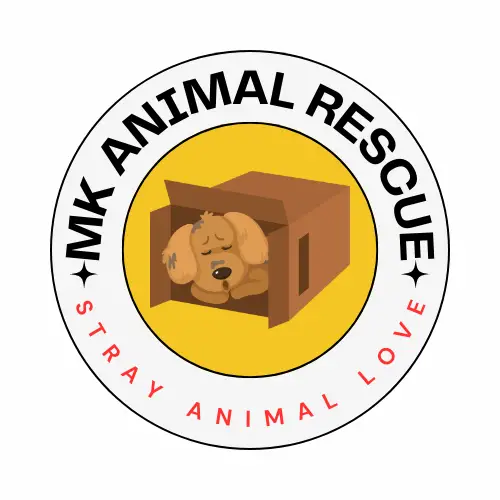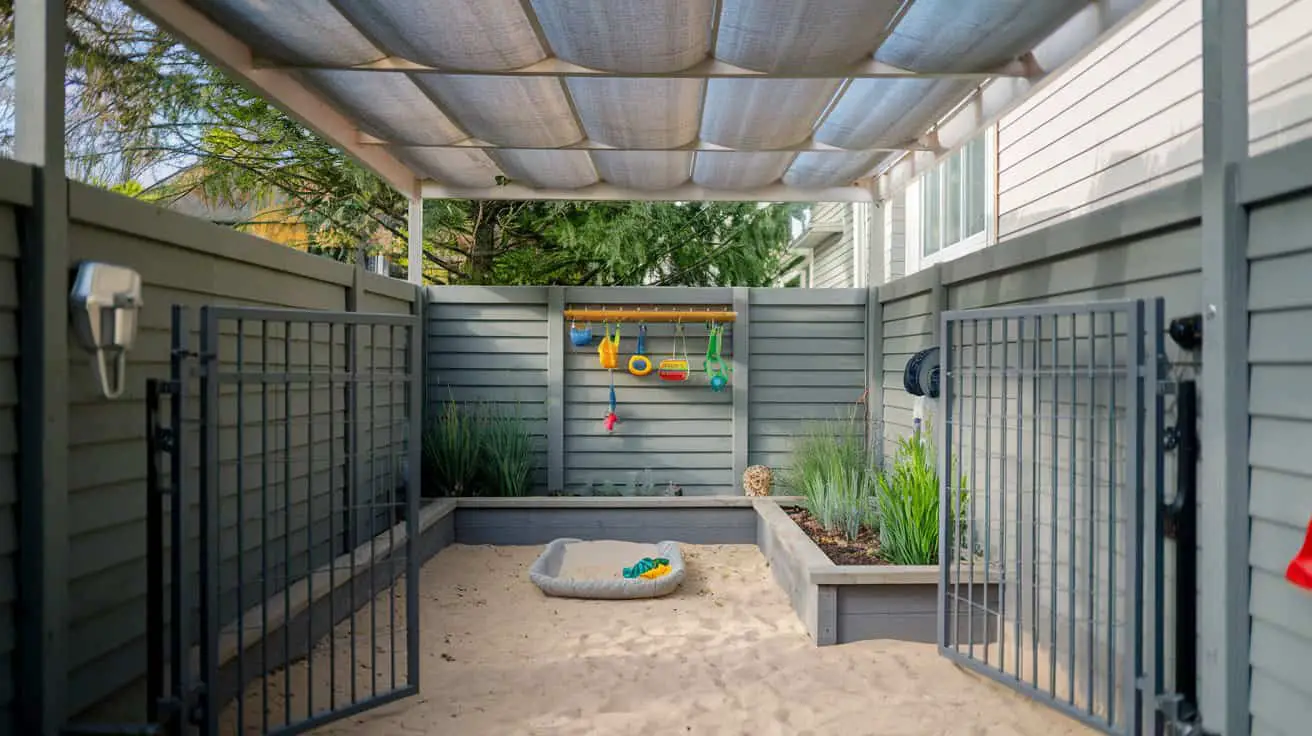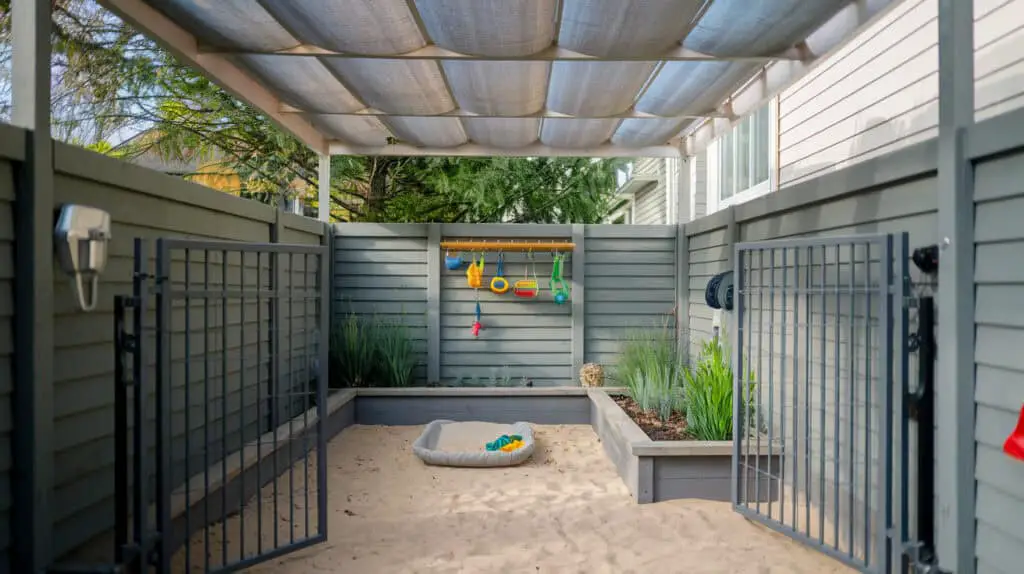
If you’ve got a long, underused strip of side yard and a dog who deserves their own outdoor freedom, you might be sitting on the ideal space for a private dog run. Side yards are often overlooked in backyard landscaping, but with the right layout and a secure dog fence setup, they can become a functional, safe, and surprisingly stylish space for your pet.
Whether you need a designated potty zone, a place for supervised outdoor play, or just a fenced-in buffer between the dog and your flower beds, a fully enclosed dog run checks all the boxes. But not all dog runs are created equal—especially when it comes to layout, materials, and long-term durability.
Here’s how to plan and create a fully enclosed dog run side yard that works for both your home and your pup’s daily routine.
Designing the Layout and Border of Your Dog Run
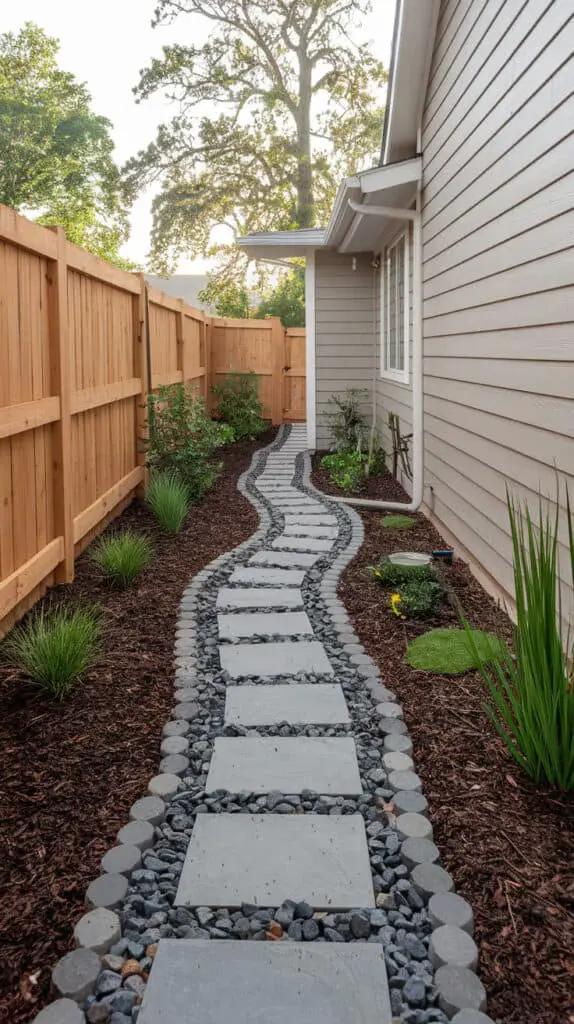
Start by measuring and sketching your available space. A side yard dog run often comes with a narrow footprint, so consider how your dog will move and turn around. Even a 3–5 foot width can work if the run is long enough. The main goal is to create a route that feels secure and easy for them to navigate without feeling cramped.
For your border design, plan out the boundaries where your pet fence will go. Use your home’s side wall as one boundary if possible—it saves on fencing and adds built-in shelter. You’ll also want to leave access for cleaning or routine maintenance, either with a gate or removable panel.
Create natural zones if space allows—a soft gravel area for potty breaks, a shady patch for rest, and maybe a mulch-free corner for water bowls or toys. Adding stepping stones or a curved pathway makes the layout feel like a mini dog park and keeps paws off the muddy bits when it rains.
Choosing the Right Fence Materials for Durability and Safety
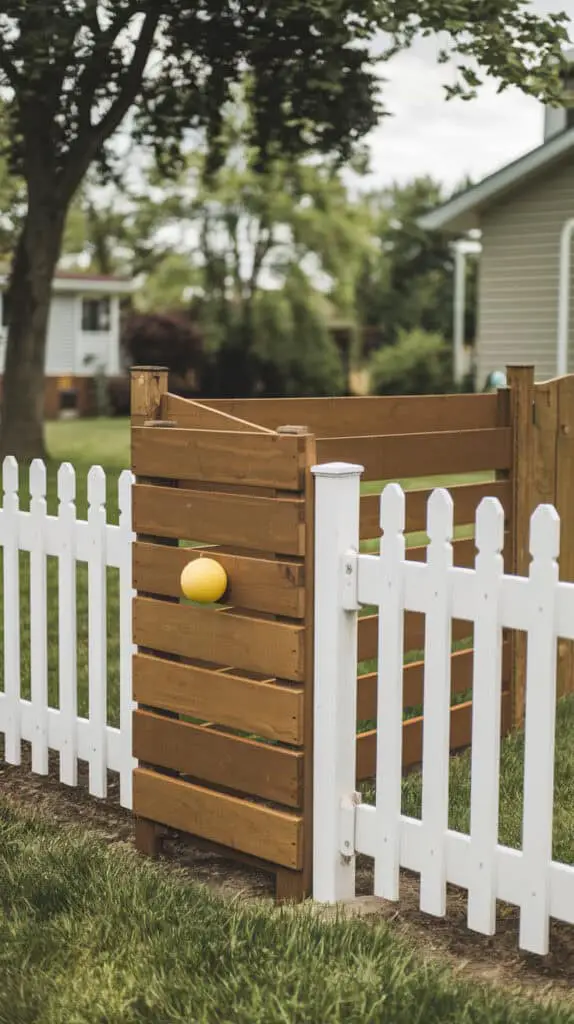
When it comes to fencing, your dog’s size, personality, and determination level should guide your choices. A dog yard fence doesn’t just need to be secure—it also needs to match your climate and the overall backyard look.
For smaller dogs or calmer breeds, a chicken wire fence for dogs can be an affordable and quick DIY option—especially when paired with wood framing or garden posts. It’s lightweight, functional, and easy to repair if needed. Just be sure to secure the bottom edge so no one goes digging.
For larger dogs or high-energy breeds, a proper dog run fence with wood slats, chain link, or welded wire is a better long-term investment. Always aim for a fence height that’s at least 1.5x your dog’s height when standing on hind legs.
If you’re building next to a neighbor’s property or want to keep the area visually appealing, use horizontal wood panels, low-profile mesh, or black metal fencing that blends into the landscaping. A good dog proof fence should feel like part of your yard—not a kennel tucked in the corner.
Ground Cover and Drainage: Keeping the Space Clean
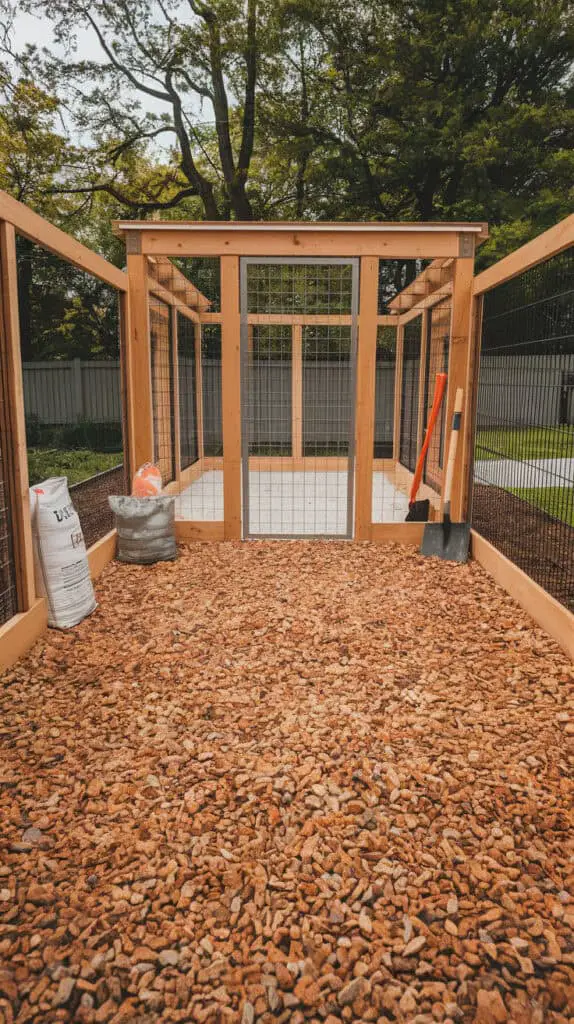
One of the biggest mistakes people make with DIY dog runs is ignoring the ground. Natural grass doesn’t usually hold up to heavy foot (or paw) traffic, especially in long, narrow spaces. You want something easy to clean, low-maintenance, and paw-friendly.
Pea gravel, decomposed granite, or pet turf are the most common go-to options. If using gravel, choose a rounded type rather than sharp-edged stones. For added drainage, lay a weed barrier or compacted sand base beneath the surface to avoid muddy puddles.
Want something softer? Artificial grass designed for pets gives a green look year-round and is easier on joints. Just be sure to hose it down regularly and use a mild enzymatic cleaner now and then.
If your side yard slopes, consider adding a French drain or shallow swale so water moves away from your home and doesn’t pool in the run.
Incorporating Shade, Enrichment, and Entry Access
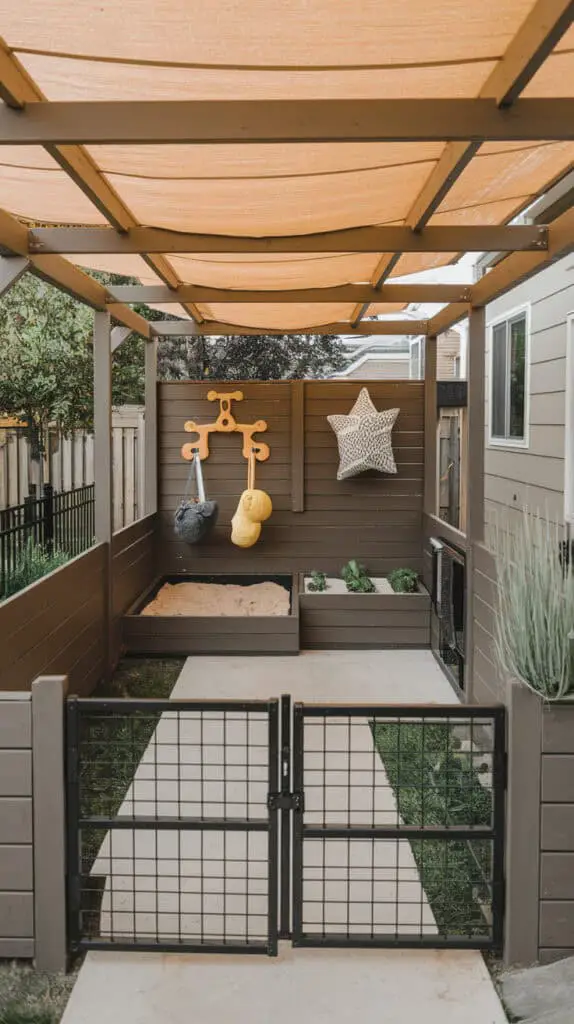
No dog wants to spend time in a dull, overheated enclosure—so add features that make the run a space your pet actually enjoys. Shade is non-negotiable, whether it’s from a tree, a lean-to roof, or even a simple tarp-style cover. It keeps your dog cool, especially in summer, and adds a sense of shelter.
Toys, chews, or rotating sensory activities can keep your dog engaged while you’re inside. A PVC frame for hanging tug toys, a small sandbox for supervised digging, or a corner with edible herbs like parsley or mint can add a bit of mental stimulation.
Finally, make sure your dog run side yard has secure and convenient access. Install a gate that latches tightly, and consider a double-gate “airlock” if your dog is quick to bolt. If you’re adding a door directly from the house into the run, that’s even better—it makes early-morning routines much easier.
Final Thoughts
Turning a forgotten strip of side yard into a fully enclosed dog run is one of those upgrades that quietly improves your daily routine. It keeps your pup safe, gives them more freedom, and frees up the rest of your yard for family use or gardening.
Whether you go all-in on a wood-framed dog yard fence, keep it simple with a chicken wire fence for dogs, or focus on soft ground cover and clever layout, the key is designing a space with intention. With a little planning and the right materials, even the narrowest side yard can become a tailored pet haven.
It’s not just about fencing in a space—it’s about creating a yard your dog gets excited to visit every single day.
